Scientific name Saguinus Rank Genus | Phylum Chordata | |
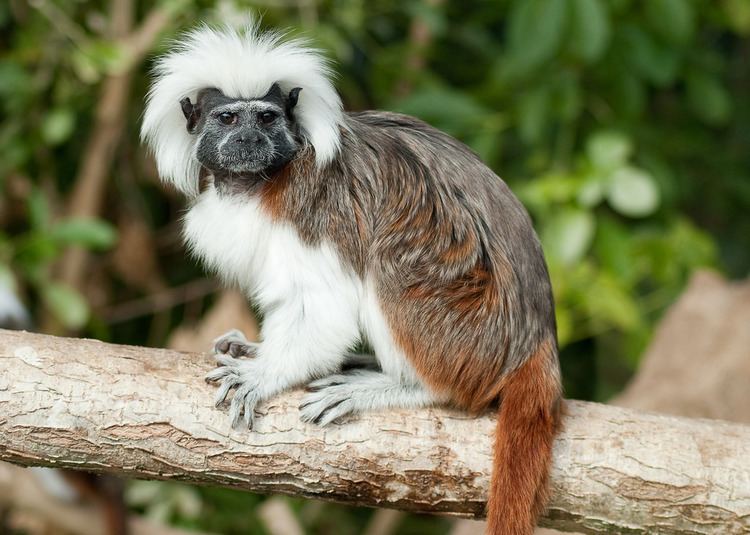 | ||
Tail length Black-mantled tamarin: 27 – 42 cm Gestation period Black-mantled tamarin: 140 – 150 days Lower classifications Cotton‑top tamarin, Emperor tamarin, Red‑handed tamarin, Brown‑mantled tamarin, Moustached tamarin | ||
Golden lion tamarins
The tamarins are squirrel-sized New World monkeys from the family Callitrichidae in the genus Saguinus. They are closely related to the lion tamarins in the genus Leontopithecus.
Contents
- Golden lion tamarins
- Crazy tamarins at sf zoo
- Description
- Distribution
- Behavior and reproduction
- Predators
- Taxonomy
- Classification
- References
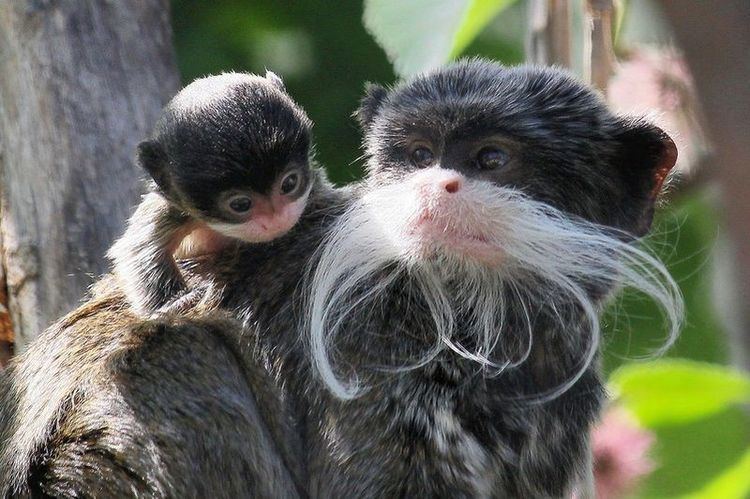
Crazy tamarins at sf zoo
Description
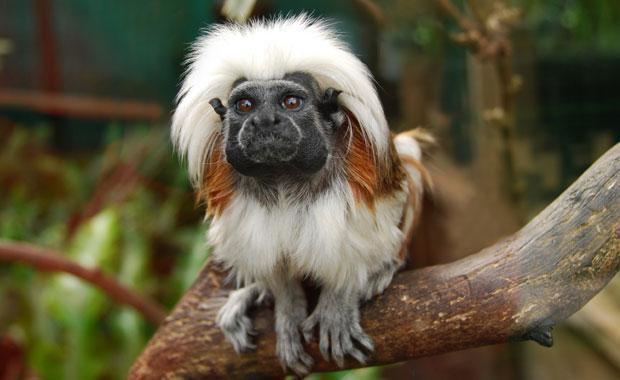
Different tamarin species vary considerably in appearance, ranging from nearly all black through mixtures of black, brown and white. Mustache-like facial hairs are typical for many species. Their body size ranges from 13 to 30 cm (plus a 25 to 44 cm long tail) and they weigh from 220 to 900 grams. Tamarins differ from marmosets primarily in having lower canine teeth that are clearly longer than the incisors. In captivity, tamarins can live for up to 18 years.
Distribution
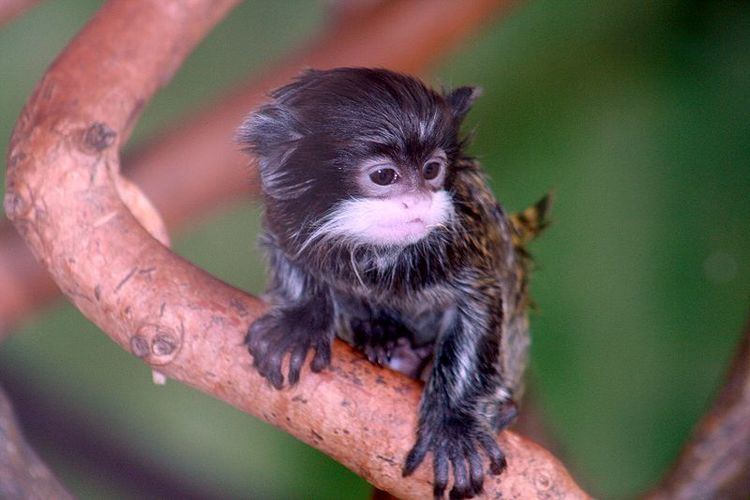
Tamarins range from southern Central America through central South America, where they are found in northwestern Colombia, the Amazon basin, and the Guianas.
Behavior and reproduction
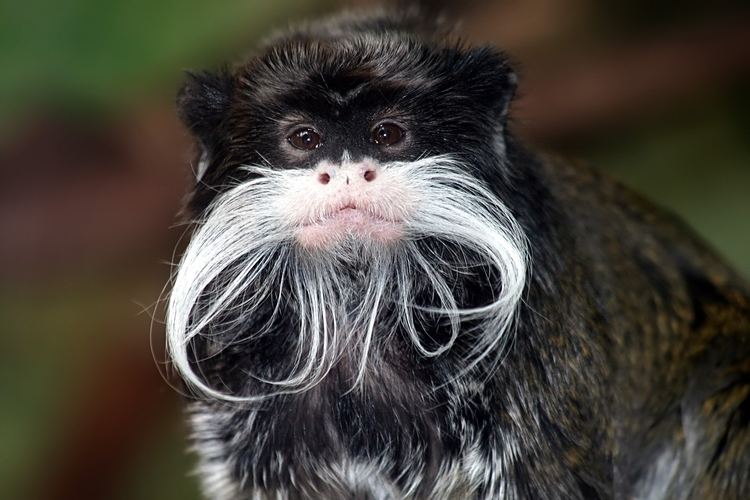
Tamarins are inhabitants of tropical rainforests and open forest areas. They are diurnal and arboreal, and run and jump quickly through the trees. Tamarins live together in groups of up to 40 members consisting of one or more families. More frequently, though, groups are composed of just three to nine members.
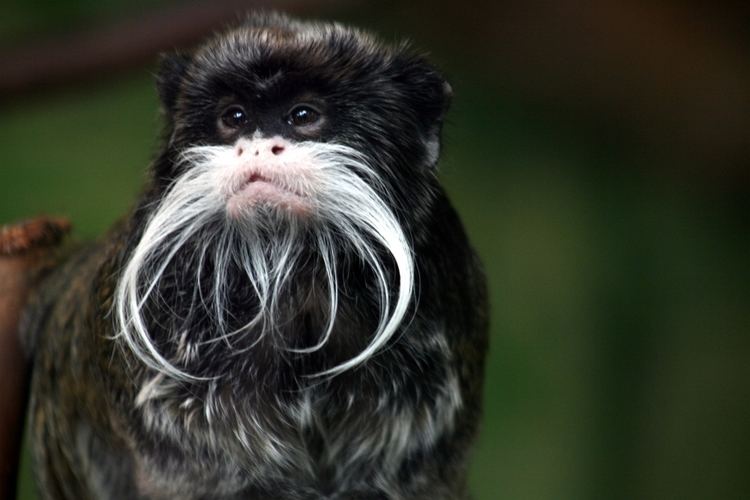
Tamarins are omnivores, eating fruits and other plant parts as well as spiders, insects, small vertebrates and bird eggs.
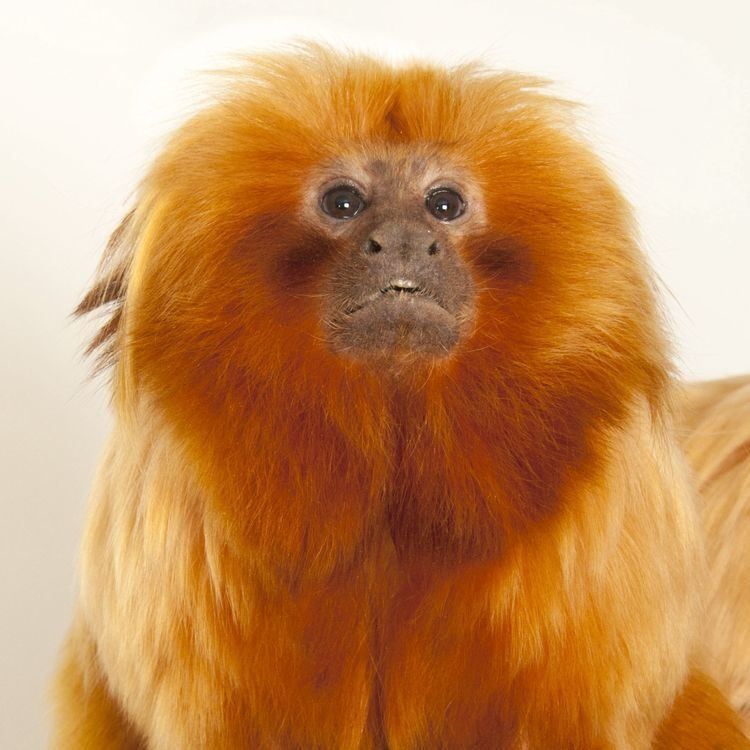
Gestation is typically 140 days, and births are normally twins. The adult males, subadults, and juveniles in the group assist with caring for the young, bringing them to their mother to nurse. After approximately one month the young begin to eat solid food, although they aren't fully weaned for another two to three months. They reach full maturity in their second year. Tamarins are almost exclusively polyandrous.
Predators
While tamarins spend much of their day foraging, they must be on high alert for aerial and terrestrial predators. Due to their small size compared to other primates, they are an easy target for predatory birds, snakes, and mammals.
Taxonomy
The first classification of Saguinus tamarins contained ten different species, further divided into 33 morphotypes based on facial pelage. A later classification into two clades was based on variations in dental measurements. The latest classification postulates fifteen species with no subspecies.
